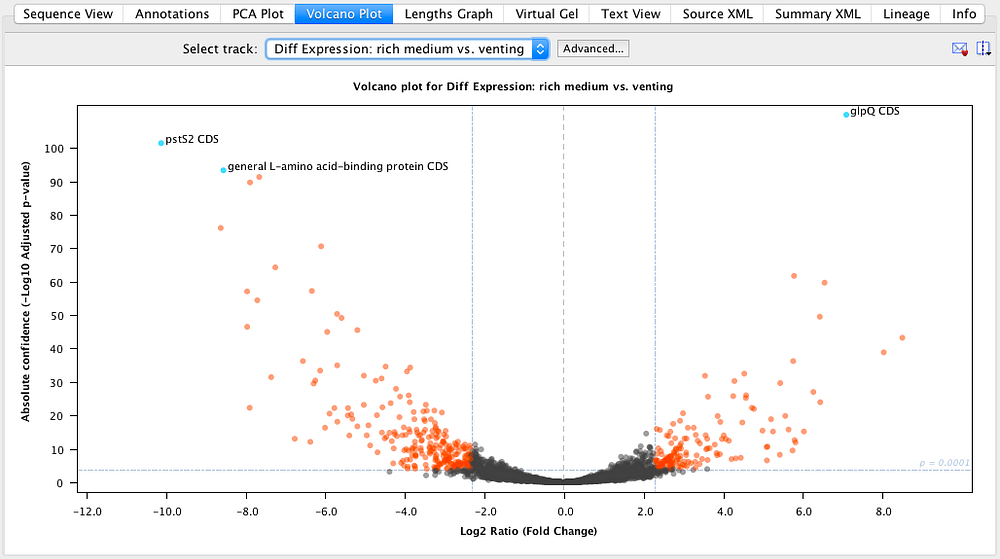
In order to analyze the sequence data, a working knowledge of UNIX commands and Python scripts seems essential. Although a large amount of data can be obtained in this manner, these recent approaches rely on expensive machines, bioinformatics training, and specialized computing facilities. More recently, 16S rRNA gene sequence data is collected using a suite of “next generation” sequencing platforms (e.g., 454, Illumina, Ion Torrent). Later, direct profiling methods such as denaturing gradient gel electrophoresis (DGGE), terminal restriction fragment length polymorphism (TRFLP), or single strand conformation polymorphism (SSCP) analysis were employed to characterize complex communities. Initially, a clone and sequence scheme was largely used to characterize 5S or 16S rRNA genes. Molecular biological approaches for the genetic analysis of environmental samples have become the most widely accepted way to characterize microbial communities.

Because the MinION is small, portable, and runs on a laptop, the possibility of microbiota characterization in the field or on robotic platforms becomes realistic. This sequencing method represents a cost-effective way to profile microbial communities. Phylogenetic analysis of the 16S rRNA and 23S rRNA genes from each operon demonstrated similar tree topologies with species/strain-level resolution. An iterative assembly scheme was developed to reconstruct those rRNA operons with > 35x coverage from a set of 30 operational taxonomic units (OTUs) among the Proteobacteria, Actinobacteria, Acidobacteria, Firmicutes, and Gemmatimonadetes. Global sequence coverage for the various rRNA operons ranged from 1 to 1951x. The method could detect over 1000 operational taxonomic units in the sample sets in a quantitative manner. This yielded over 10,000 2D sequences which were analyzed using a simplified data analysis pipeline based on NCBI Blast and assembly with Geneious software.

From nearly 90,000 MinION reads, roughly 33,000 forward and reverse sequences were obtained. Each DNA sample mixture was barcoded, sequenced in quadruplicate ( n = 24), on two separate 6-h runs using the MinION system (R7.3 flow cell MAP005 and 006 chemistry). To test the approach, bacterial rRNA operons (~ 4200 bp) were amplified from six DNA samples employing a mixture of farm soil and bioreactor DNA in known concentrations.
#GENEIOUS 10 PLUS#
Amplicons contained both ribosomal subunits for broad-based phylogenetic assignment (~ 3900 bp of sequence), plus the intergenic spacer (ITS) region (~ 300 bp) for potential strain-specific identification. Microbial fingerprinting employs domain-specific forward primers (16S rRNA subunit), reverse primers (23S rRNA subunit), and a high-fidelity Taq polymerase with proofreading capabilities. An approach utilizing the long-read capability of the Oxford Nanopore MinION to rapidly sequence bacterial ribosomal operons of complex natural communities was developed.


 0 kommentar(er)
0 kommentar(er)
